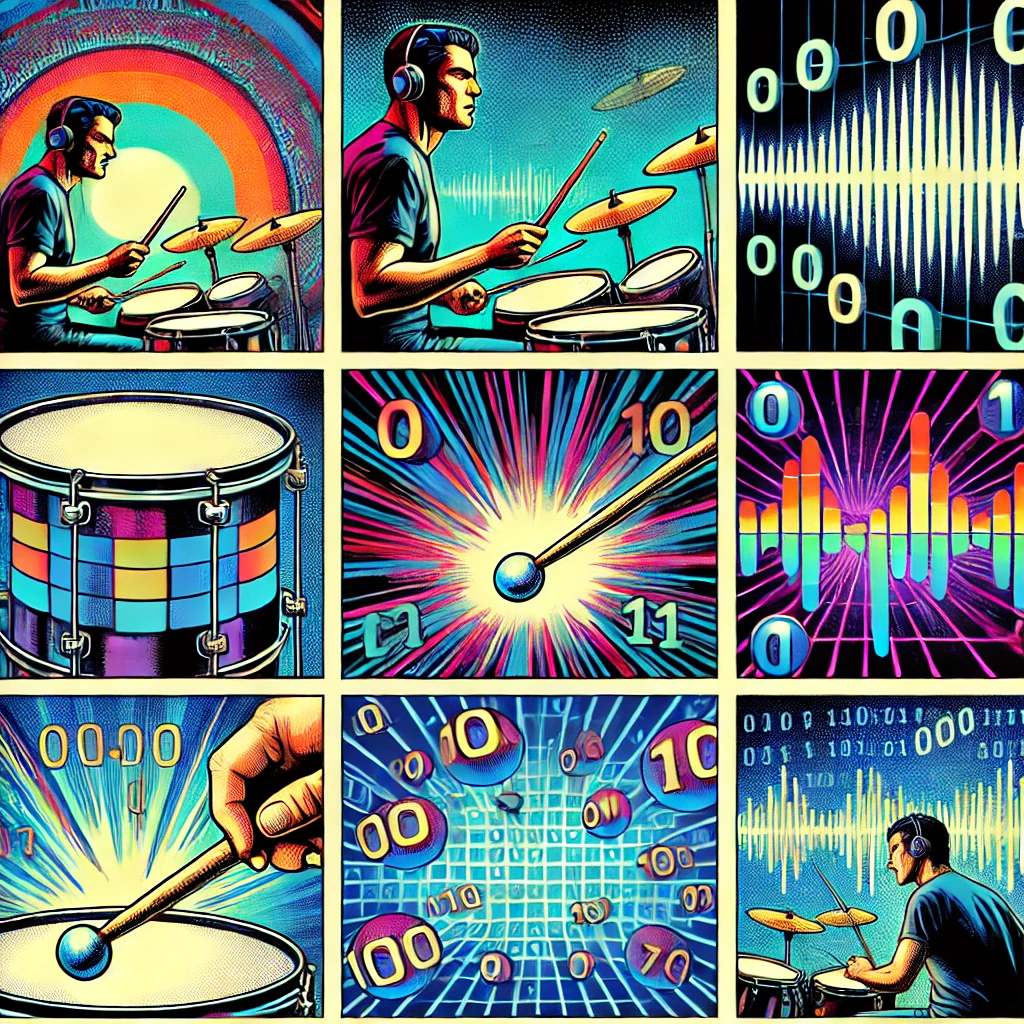Jojo Mayer Exploring the distance between 0 and 1
Jojo Mayer gives brief synopsis on the emergence of rhythm culture and its relationship to technology and communication in the western world. In regards to this, he shares his thoughts on interacting with digital culture and cross examines…
Jojo Mayer, a renowned drummer and music educator, has often discussed the emergence of rhythm culture and its relationship to technology and communication in the Western world. Here’s a brief synopsis of his perspective:
1. Historical Context: Mayer traces the evolution of rhythm culture back to ancient civilizations, where rhythmic communication through drumming played a vital role in social, cultural, and religious practices. From African drum circles to Native American powwows, rhythmic expression has been a fundamental aspect of human communication and expression throughout history.
2. Technological Advancements: Mayer highlights the impact of technological advancements on the development of rhythm culture. The invention of musical instruments, recording devices, and sound reproduction technologies has democratized access to rhythm and music, allowing for widespread dissemination and appreciation of diverse rhythmic traditions.
3. Electronic Music and Beatmaking: Mayer explores the role of electronic music production techniques, such as sampling, looping, and sequencing, in shaping contemporary rhythm culture. The advent of drum machines, synthesizers, and digital audio workstations has revolutionized the way musicians create, manipulate, and interact with rhythm, blurring the boundaries between acoustic and electronic sounds.
4. Globalization and Cultural Exchange: Mayer discusses how globalization and cultural exchange have contributed to the cross-pollination of rhythmic traditions worldwide. Through travel, migration, and digital connectivity, musicians and artists are exposed to a diverse array of rhythmic styles and influences, leading to the emergence of hybrid genres and fusion aesthetics.
5. Social Media and Digital Communication: Mayer also addresses the role of social media and digital communication platforms in fostering rhythmic communities and subcultures. Online forums, video tutorials, and collaborative music-making platforms enable individuals to connect, share, and co-create rhythmic content in real-time, transcending geographical boundaries and cultural barriers.
Overall, Jojo Mayer’s perspective on the emergence of rhythm culture underscores the dynamic interplay between technology, communication, and human creativity. By embracing innovation and embracing diverse rhythmic traditions, individuals can continue to enrich and evolve the global rhythm culture in the digital age.
